Understanding Injection Molding: Basics and Benefits
Injection molding is a widely used manufacturing process for creating uniform plastic products. Whether you’re designing bespoke solutions or in need of mass production, relying on an injection molding company can significantly enhance your production effectiveness. This article provides an in-depth exploration of injection molding, its advantages, common applications, factors for selecting a manufacturer, and the latest industry trends.
What is Injection Molding?
Injection molding is a manufacturing process that involves injecting molten material, typically plastic, into a mold to create specific shapes and forms. The process starts with the plastic being melted in a heated barrel and then injected under high pressure into a mold cavity. Once cooled, the mold is opened, allowing the finished part to be ejected.
This technique is favored for its ability to produce highly detailed and complex shapes consistently, which can vary from intricate components for electronics to large automotive parts.
Advantages of Using an Injection Molding Company
There are several key advantages to engaging an injection molding company:
- High Efficiency and Speed: Injection molding can achieve high production rates, making it suitable for large-scale manufacturing.
- Consistent Quality: The process ensures uniformity across products, minimizing defects.
- Material Variety: A range of thermoplastics and thermosetting plastics can be utilized, allowing for flexibility in design and functionality.
- Cost-effectiveness: While initial costs may be high due to mold design, the long-term costs per part are significantly lower than other manufacturing methods when mass production is involved.
- Complex Geometries: Injection molding allows for complex designs that would be difficult or impossible to achieve with other methods.
Common Applications in Various Industries
Injection molding serves a multitude of industries, including:
- Automotive: Components like dashboard parts, bumpers, and interior fittings.
- Consumer Goods: Household items such as containers, toys, and tools.
- Medical: Devices like syringes, trays, and other essential tools.
- Electronics: Housings and components for gadgets and appliances.
Selecting the Right Injection Molding Company
Choosing the right injection molding partner is crucial for project success. Here are important factors to consider:
Factors to Consider When Choosing a Manufacturer
When evaluating potential injection molding companies, consider the following:
- Experience: Look for companies with a track record in your industry.
- Capacity: Ensure the company can meet your production volumes without sacrificing quality.
- Technology: A company using advanced machinery can often provide better finishes and faster turnaround times.
- Customization capabilities: Ensure the company can adapt to your unique specifications.
Evaluating Quality Standards and Industry Certifications
Quality is non-negotiable in injection molding. Look for companies that adhere to recognized standards such as ISO 9001, which indicates robust quality management systems. Additional certifications, like ISO 13485 for medical applications, demonstrate industry-specific compliance and diligence.
Reading Reviews and Client Testimonials
Before finalizing your choice, seek out reviews and testimonials from other customers. This invaluable feedback gives insights into the company’s reliability, production quality, and client relations. Industry forums and social media can also provide additional perspective on business practices.
Injection Molding Processes Explained
Overview of the Injection Molding Process
The injection molding process can be broken down into several discrete stages:
- Material Loading: Raw plastic pellets are fed into a hopper.
- Melting: The pellets are heated to a malleable state within the barrel.
- Injection: The melted plastic is injected into the closed mold.
- Cooling: The plastic solidifies as it cools within the mold.
- Mold Opening: The mold is opened, and the final part is ejected.
Materials Used in Injection Molding
Injection molding utilizes a diverse array of materials to accommodate various product needs. The most common materials include:
- Thermoplastics: Such as polypropylene, polyethylene, and ABS, which can be reheated and reshaped.
- Thermosetting plastics: Like epoxies and phenolics, which harden permanently after being molded.
- Elastomers: These materials offer both stretchability and resilience, ideal for flexible parts.
Custom vs. Standard Molding Solutions
The choice between custom and standard molding solutions often comes down to specific needs and budget constraints:
- Custom Molding: Ideal for unique designs tailored to particular applications, often involving higher initial costs due to bespoke tooling.
- Standard Molding: Best for high-volume runs of generic components, offering lower costs and faster production times but with limited design flexibility.
Cost Factors in Injection Molding Services
Understanding the various factors that influence cost in injection molding is essential for accurate budgeting:
Understanding Pricing Models in Injection Molding
Pricing can vary significantly depending on multiple factors:
- Tooling Costs: Custom molds can be expensive, but are amortized over large production runs.
- Material Costs: Prices for plastic resins can fluctuate based on market conditions and the type of material used.
- Production Volume: Higher production volumes generally lead to lower per-unit costs.
Budgeting for Initial Design and Prototyping
The initial stages of the injection molding process, including design and prototyping, can represent a significant portion of total costs. Allocating a reasonable budget for these phases is critical to avoid delays later on.
Long-term Cost Benefits of Choosing Quality
Investing in a reputable injection molding company can yield numerous long-term benefits:
- Reduced Scrap Rates: Quality manufacturing processes minimize waste and rework.
- Improved Product Lifecycle: Well-manufactured products have longer lifespans and fewer customer complaints.
- Brand Reputation: High-quality products contribute positively to brand image, leading to increased sales and customer loyalty.
Future Trends in the Injection Molding Industry
The injection molding industry is continuously evolving, influenced by technological advancements and changing market demands.
Technological Advancements and Innovations
Recent innovations are set to redefine injection molding:
- 3D Printing: This technology is integrating with injection molding for rapid prototyping and mold fabrication.
- Smart Manufacturing: The rise of IoT-enabled machines enhances operational efficiency through real-time monitoring.
- High-Speed Injection Molding: New machines allow faster cycle times without compromising quality.
Sustainability Practices in Injection Molding
As environmental concerns grow, many injection molding companies are adopting sustainable practices:
- Recycling of Plastics: Companies are increasingly reusing plastic materials and creating closed-loop systems.
- Biodegradable Options: The development of biodegradable plastics is expanding the material choices in sustainable manufacturing.
Market Growth Predictions for Injection Molding Companies
The injection molding market is anticipated to continue its growth trajectory over the coming years, driven by demand from the automotive, electronics, and healthcare sectors. Insights from market analysis predict that by 2025, the industry’s growth rate will exceed 4%, fueled by innovations and the push for more sustainable manufacturing practices.
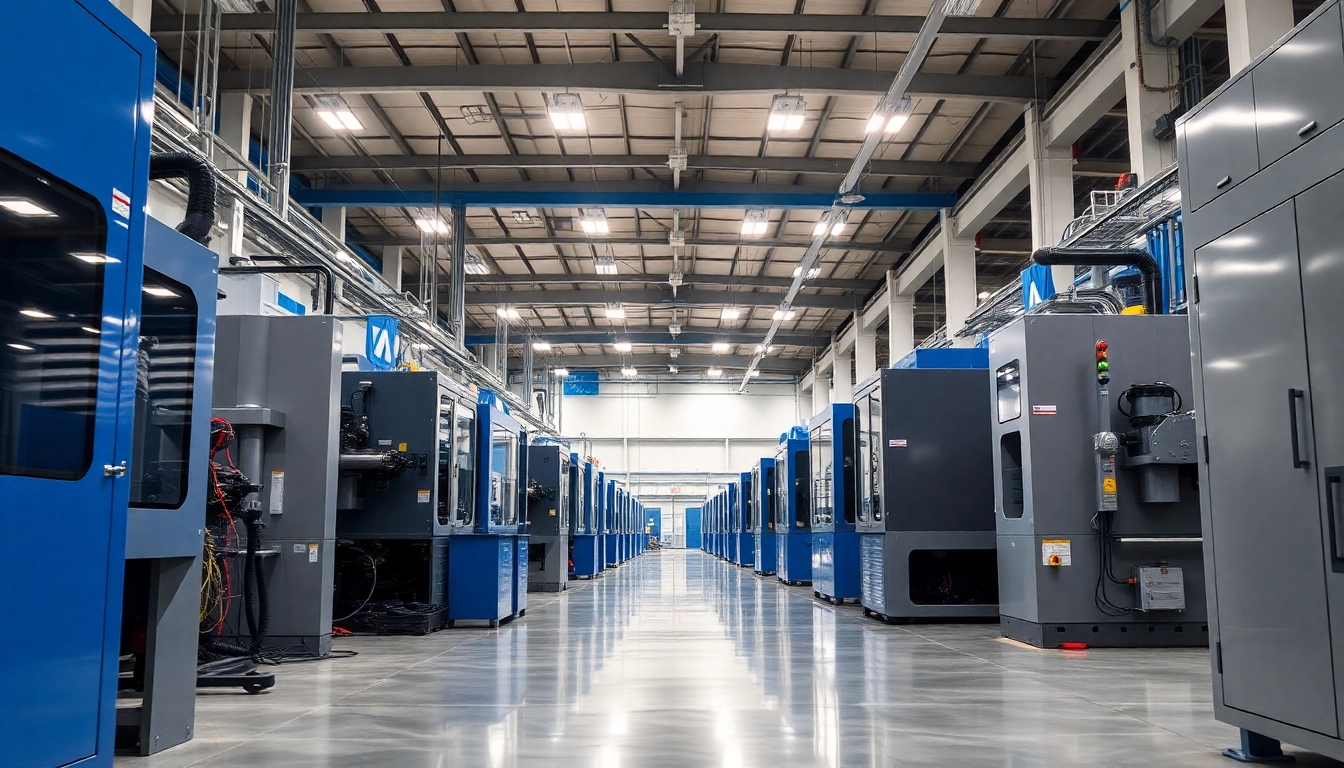
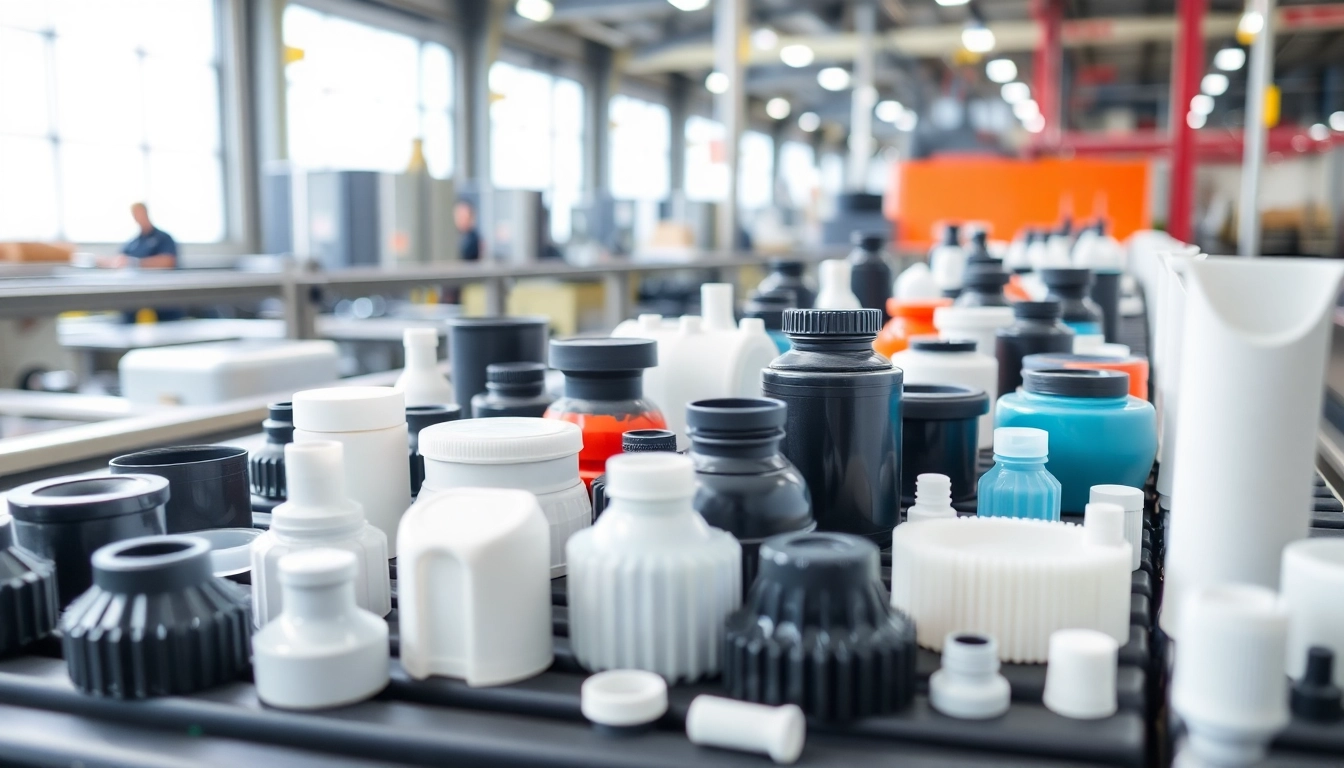
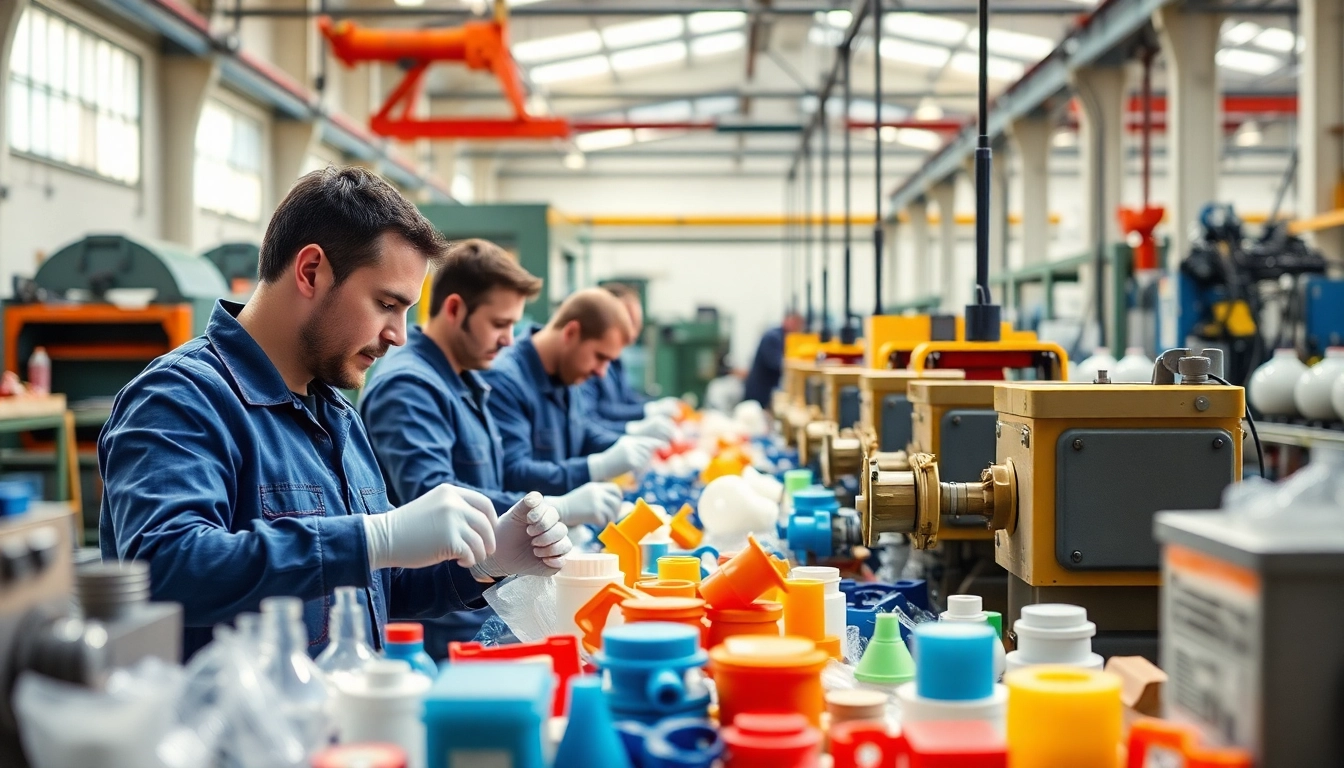
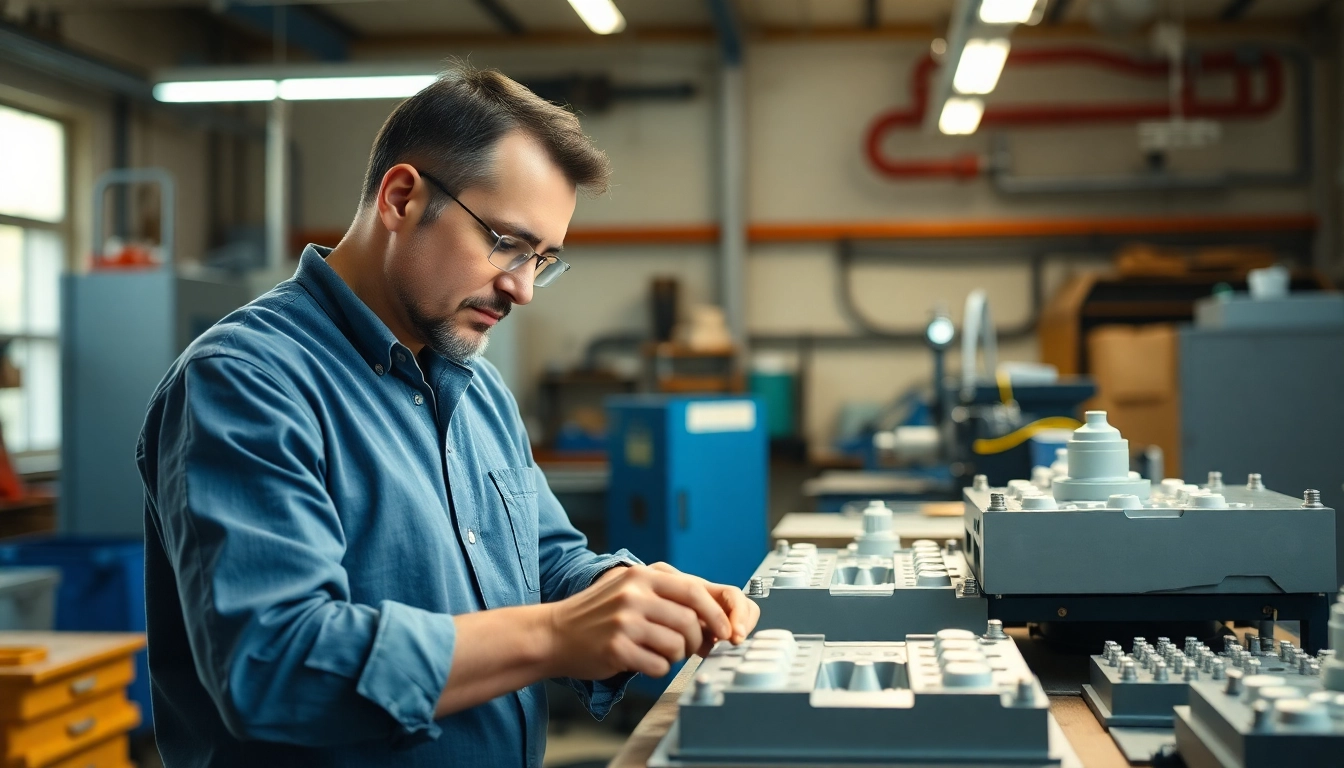
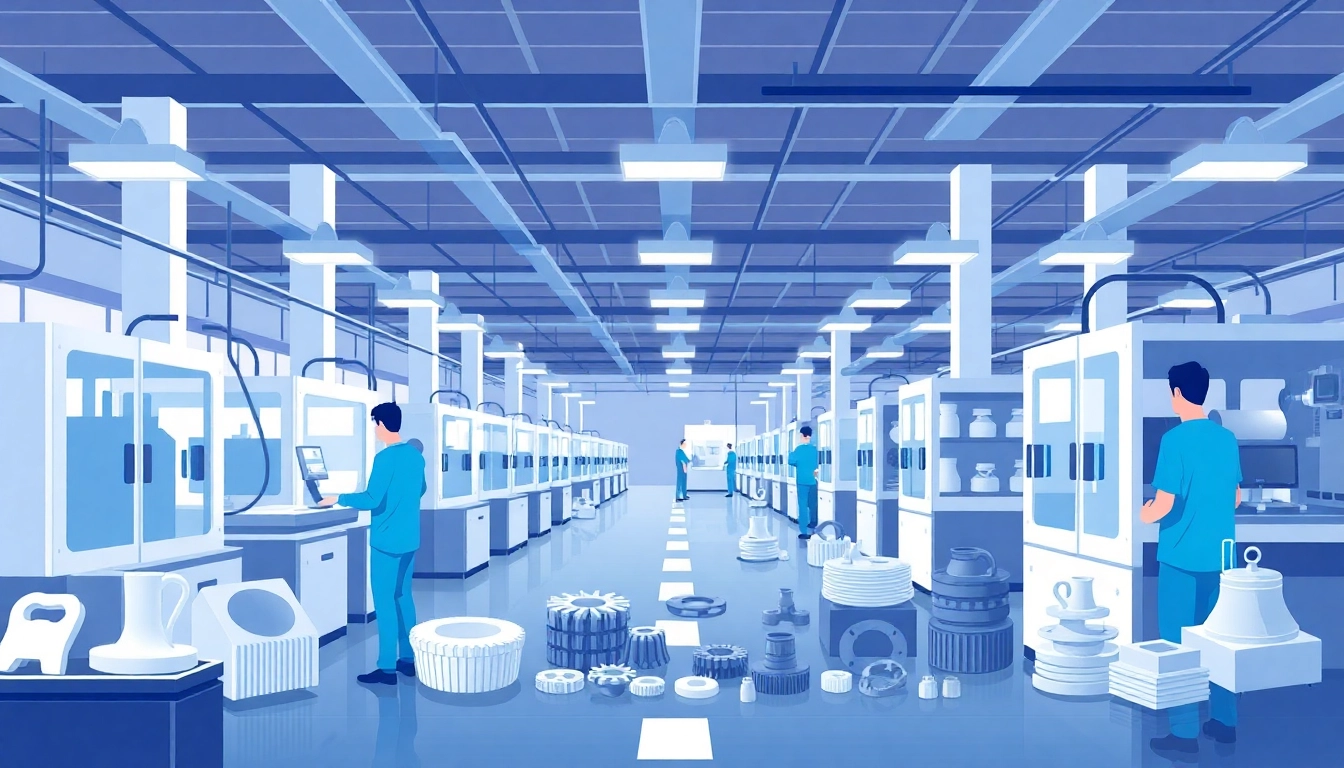
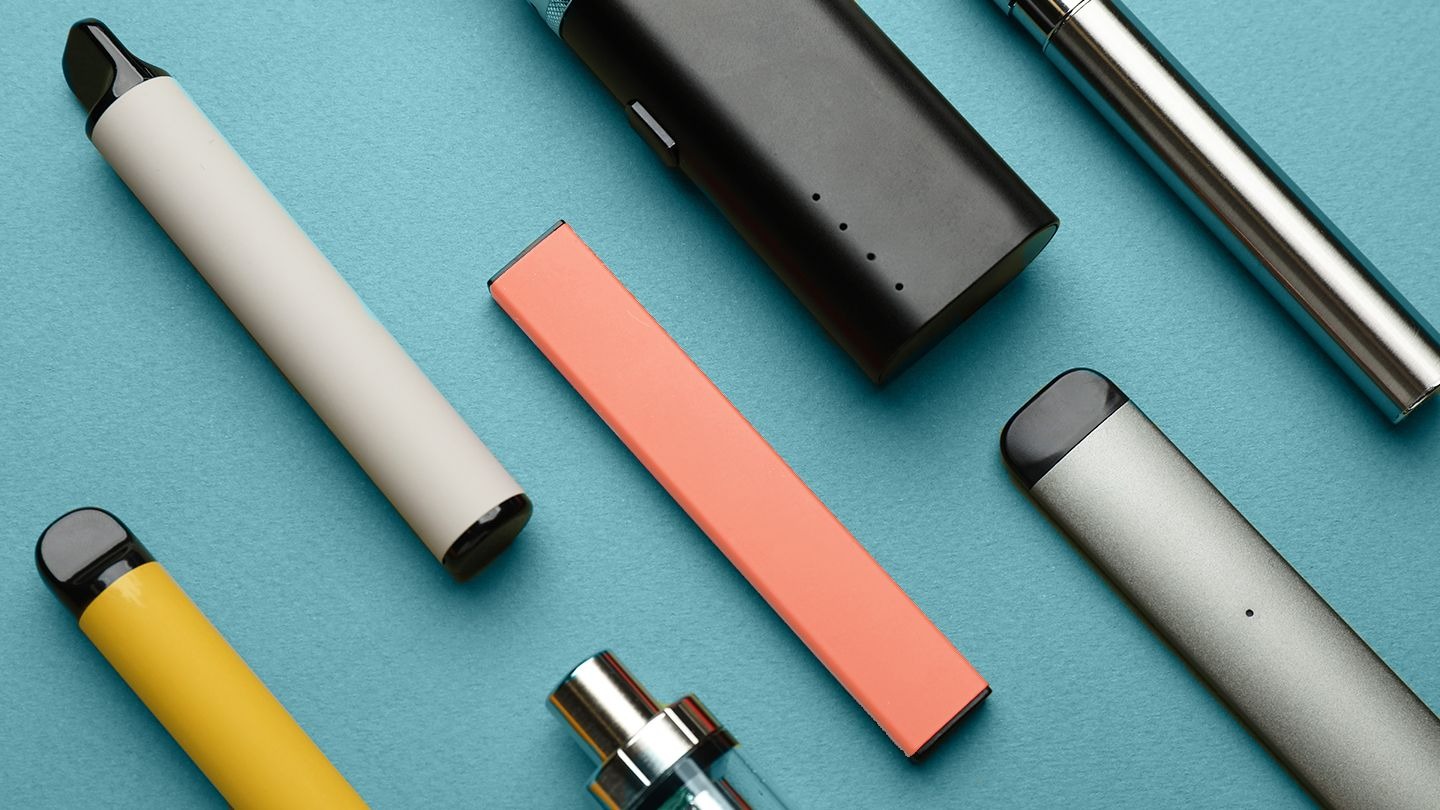



Leave a Reply